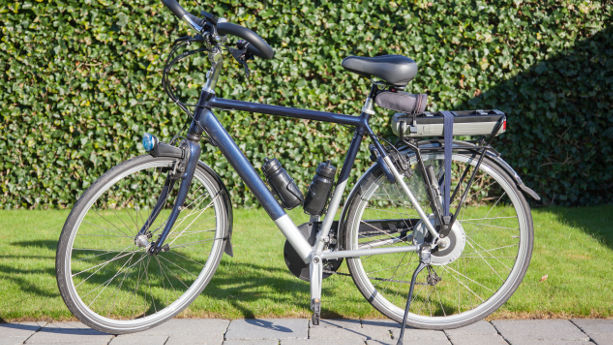
Electric bikes imported or manufactured for the EU market must comply with various safety standards, labelling, documentation, testing, and other compliance requirements.
In this guide, we explain how regulations and directives such as the Machinery Regulation, Batteries Regulation, and RoHS Directive affect e-bikes and their components.
Additionally, this guide also covers relevant standards and testing requirements.
Content Overview

FREE CONSULTATION CALL (US, EU & UK)
- Request a free 30-minute call with Ivan Malloci to learn how we can help you with:
- Find product requirements
- Certification and labeling
- Lab testing
Machinery Regulation
The Machinery Regulation sets safety and health requirements regarding products that have a drive system other than directly applied human effort and moving parts, such as e-bikes. In general, covered products should not pose a risk to their operator or user.
You should have your e-bike undergo the necessary testing, as well as comply with labelling, documentation, and other requirements.
Exemptions
The regulation does not apply to vehicles with two, three or four wheels that fall under the scope of Regulation (EU) 168/2013, which is covered in the next section of this guide.
Other exemptions can be found in Article 2 of the regulation.
EN 15194 – Cycles – Electrically power assisted cycles – EPAC Bicycles
EN 15194 is harmonised under the Regulation, and it sets safety and performance requirements for electronically power-assisted cycles (EPAC bicycles) and its subassemblies.
It also contains requirements and methods for testing the charging systems of EPAC bikes and sub-assemblies for systems with a rated voltage of 48 V d.c., or an integrated battery charger with a nominal 230 V a.c. input.
Finally, it sets usage instructions and care guidelines.
This standard covers EPAC bicycles that:
a. Have a maximum continuous rated power of 250 Watts
b. Have an output that allows the EPAC bike to reach a maximum speed of 25 km/h if the rider stops using the pedals
c. Have a maximum saddle height of 636 mm
d. Are meant for use on public roads
Conformity assessment procedure
The regulation states that where the category of machinery is not listed in Annex I, then you should apply the internal production control procedure (module A).
We could not find e-bikes or similar products in Annex I. However, we still suggest that you to check Annex I to confirm that your product is not listed, as the Annex also listed various components.
In the case your product is listed in Annex I, then a notified body may be needed.
Documentation requirements
The Machinery Regulation requires you to provide several pieces of documentation, such as the following:
- Declaration of Conformity
- Technical documentation
- User instructions
- Test reports
Labelling requirements
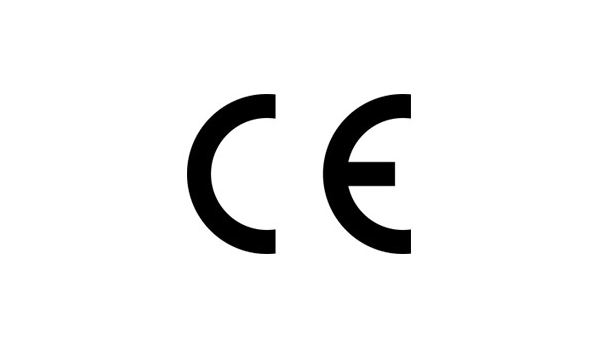
You need to ensure your e-bike product carries proper labelling, which includes:
- CE marking
- Pictogram or marking indicating a special risk or use (if any)
- Traceability information (e.g. manufacturer name, product serial number)
Regulation (EU) 168/2013 on the approval and market surveillance of two- or three-wheel vehicles and quadricycles
Regulation (EU) 168/2013 sets administrative and technical requirements regarding the type-approval of new components, separate technical units, systems, and vehicles meant for travelling purposes on public roads, including:
- Two- or three-wheeled vehicles
- Quadricycles
- L-category vehicles, which include powered cycles
However, the regulation does not apply to cycles with pedalling assistance, a backup electric motor with a maximum rated power of up to 250 W and an output that cuts off when the vehicle reaches a speed of 25 km/h.
Thus, in general, powered cycles with a motor that has more than 250 W and a maximum speed above 25 km/h would fall under the scope of this regulation. On the other hand, products with a motor that has less than 250 W or a speed that is limited to 25 km/h would fall under the Machinery Regulation. However, note that other factors must also be considered when assessing what regulation would apply to your e-bike.
Substantive requirements
Chapter III of the regulation sets substantive requirements, such as the following:
a. L-category vehicles and their components, separate technical units, and systems must comply with their respective requirements in Annexes II to VIII.
b. Manufacturers must ensure that their vehicles are designed, created, and put together in a way that minimises:
- Injury risk to vehicle occupants
- Injury risk to other road users
- Environmental impact
EU Type-Approval Procedure
An EU type-approval procedure requires that an approval authority assesses and certifies that a type of vehicle, component, separate technical unit, or system meets the relevant requirements of the regulation.
Manufacturers can choose from one of the following procedures:
- Step-by-step type-approval
- Single-step type-approval
- Mixed type-approval
- Multi-stage type-approval
Chapter IV of the regulation explains the type-approval procedures in detail.
Certificate of Conformity
A Certificate of Conformity is a document that importers and manufacturers must provide. It certifies the conformity of the vehicle to the approved type.
The certificate must fulfil the requirements set out in Article 38, such as:
- It is designed to prevent its forgery
- It must be in the language of the relevant Member State
Markings and Labelling
Manufacturers must mark and label their covered vehicles and their parts, systems, and components with information such as:
- Statutory plate with relevant type-approval mark
- Type-approval mark or statutory marking
- Manufacturer name and address
Batteries Regulation
The Batteries Regulation establishes requirements regarding batteries sold in the EU. It also covers batteries that are incorporated into products, e-bikes for example.
The regulation covers all batteries, including:
a. Light means of transport batteries (LMT batteries), which are defined as sealed batteries that weigh 25 kg or less and are designed to provide to wheeled vehicles powered by an electric motor alone or by a combination of motor and human power.
b. Electrical vehicle batteries, which the regulation defines as batteries over 25 kilograms explicitly made to supply electric power for propulsion in L-category electric or hybrid vehicles.
Batteries can be sold only if they adhere to:
- Safety and testing requirements
- Labelling requirements (e.g. CE marking, separate collection symbol)
- Documentation requirements (e.g. Declaration of Conformity, battery passport)
- Extended Producer Responsibility requirements
Harmonised standards
We found three harmonised standards that may be relevant for e-bikes.
prEN 18060 – Road vehicles – Rechargeable batteries with internal energy storage
This standard is currently under approval and lays out the steps and conditions for measuring parameters regarding rechargeable batteries (that have internal energy storage) for road vehicles.
It takes into account the following of rechargeable batteries:
- Rated capacity (in Ah)
- Rated power (in W)
- Internal resistance (in Ohms)
- Energy round trip efficiency (in %)
The tests within this standard are relevant for batteries, battery packs, and battery modules meant for:
- Motor vehicles with traction batteries
- 2- or 3-wheeled L-category vehicles
prEN 18061 – Road vehicles — Electrically propelled vehicles
This standard is currently under approval and describes the steps, conditions, and protocols under which the following can be safely repaired and reused:
- Batteries
- Battery packs
- Modules originally designed for e-mobility reasons
It contains an Annex with Guidance on the design and assembly techniques that would help the maintenance, repair, and reuse of batteries that were originally designed for EV usage.
prEN 50XXX – Performance and durability of Light Means of Transport (LMT) batteries
This standard is in the proposal stage, is “limited” to lithium-ion systems, and includes methods to determine:
- Rated capacity (in Ah)
- Rated capacity (in Wh) fade (in %)
- Internal resistance (in Ohms)
- Internal resistance increase (in %)
- Energy round trip efficiency (in %)
- Expected lifetime (calendar and electrochemical ageing)
The measurement tests in this standard are relevant for batteries and battery packs that are meant for:
- L-category vehicles that have traction battery
- Other wheeled personal mobility devices, such as e-bikes and e-scooters
Documentation requirements
The set of documentation you must provide with your product depends on the conformity assessment module you had your product undergo. Required documentation includes:
- Declaration of Conformity
- Technical documentation
- User instructions
- Test reports
You must also provide the following if your e-bike has an LMT battery or an electric vehicle battery:
- A carbon footprint declaration
- A digital battery passport
Labelling requirements

The regulation requires you to properly label your product and packaging with information such us:
- CE marking
- Traceability and specification information
- Separate collection symbol
- QR code
- Carbon footprint label with performance class (for electric vehicle batteries and LMT batteries)
- Battery capacity (for rechargeable portable, LMT, and SLI batteries)
- The chemical symbols “Cd” or “Pb” for batteries containing in excess of 0.002% cadmium and 0.004% lead
RoHS Directive
The RoHS Directive restricts the manufacture and use of heavy metals and hazardous substances in electronic components. This includes e-bikes, as their materials and components might include hazardous substances.
The directive restricts the maximum concentration values by weight for the following substances:
- Cadmium < 0.01%
- Hexavalent chromium < 0.1%
- Lead < 0.1%
- Mercury < 0.1%
- Benzyl butyl phthalate (BBP) < 0.1%
- Dibutyl phthalate (DBP) < 0.1%
- Bis(2-Ethylhexyl) phthalate (DEHP) < 0.1%
- Diisobutyl phthalate (DIBP) < 0.1%
- Polybrominated biphenyls (PBB) < 0.1%
- Polybrominated diphenyl ethers (PBDE) < 0.1%
You must ensure the substances in your product does not contain concentrations that exceed the values stated above. The directive also sets documentation and labelling requirements
Documentation requirements
Per the directive, you must provide:
- Declaration of Conformity (DoC)
- Technical documentation
Test reports may also be necessary to prove compliance with the substance restrictions.
Labelling requirements
You must label your product and its packaging with:
- CE marking
- Product traceability information (e.g. product type and manufacturer name and contact details)
Electromagnetic Compatibility (EMC) Directive
The EMC Directive regulates the electromagnetic compatibility of electronic and electric equipment that may electromagnetically interfere with, or be disturbed by, the electromagnetic field of other devices.
Although the directive does not mention e-bikes, it does apply to electronic products and electric motors.
The directive generally requires covered equipment to:
- Not generate electromagnetic radiation that could exceed that of radio and telecommunication devices
- Be relatively resistant to electromagnetic disturbance and consequent equipment degradation
Documentation requirements
The EMC Directive requires you to provide the following documentation with your product:
- Declaration of Conformity
- User instructions
- Technical documentation (e.g. concept design, applied standards)
- Test reports
Labelling requirements
You must label your product and packaging with information such as:
- CE marking
- Product traceability information (e.g. batch, name, contact information)
Low Voltage Directive (LVD)
The Low Voltage Directive (LVD) sets requirements for electronic equipment operating at the following input and output voltages:
- AC voltage between 50 and 1,000 V
- DC voltage between 75 and 1,5000 V
E-bikes may not be within this voltage range, but their battery chargers may fall within the voltage range specified in the Directive.
The directive generally requires covered electrical equipment to:
- Be manufactured per good engineering practice
- Not pose risks to human health and the environment if properly used and maintained
Documentation requirements
The directive requires you to provide documentation, which includes:
- Declaration of Conformity
- Technical documentation
- User instructions
- Test report
Labelling requirements
You must provide with your product and packaging:
- A CE marking
- Product traceability information (e.g. name, address, product serial number)
Radio Equipment Directive (RED)
The Radio Equipment Directive regulates radio equipment and establishes requirements regarding human health and safety as well as the electromagnetic compatibility and usage of the radio spectrum.
The directive can apply, for example, to e-bikes with GPS-enabled navigation systems, or Bluetooth connections.
Documentation requirements
Here are the key documents that are required by the directive:
- Declaration of Conformity
- Technical documentation
- User instructions
- Test reports
Labelling requirements
The directive requires you to provide the following labelling items on your product and packaging:
- A CE marking
- Notified Body identification number (when applicable)
- Traceability information (e.g. product batch and manufacturer name and address)
WEEE Directive
The Waste Electrical and Electronic Equipment (WEEE) Directive sets labelling requirements for the separate waste collection of WEEE. It also sets registration and collection requirements.
Labelling requirements
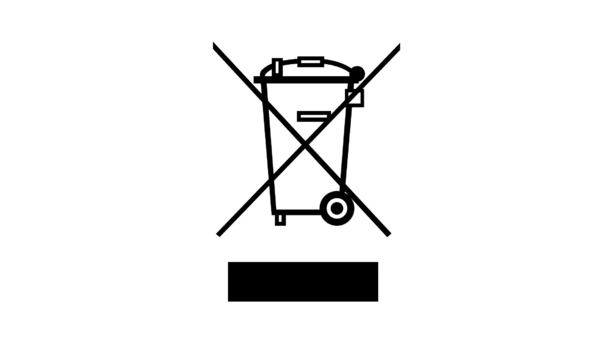
You must label your EEE – or, when size not permitting, the packaging, instructions for use, and the product warranty – with the separate collection symbol – as specified in Annex IX.
Registration requirements
Producers must register on the national register of the countries where they sell their products, and provide information that includes items such as the following:
- National identification code (including the EU tax number, or your national tax number)
- Product’s EEE category (from Annex I or III, as relevant)
- Type of EEE (household, or other than household, equipment)
- The EEE’s brand name
- Which selling technique you use (e.g. distance sales)
- Declaration stating that you provided truthful information
Collection requirements
You are also responsible for ensuring that your electronic waste is collected, and to finance the collection. You can use a waste management company to help you with the registration and collection requirements.
General Product Safety Regulation (GPSR)
The General Product Safety Regulation establishes safety requirements for consumer products, for aspects that are not covered by other directives or regulations, such as the Machinery Regulation.
The regulation covers consumer products, which include e-bikes. It requires you to ensure your products are safe before you place them on the market. You should consider the following aspects regarding product safety:
- Product’s characteristics
- How the product could affect other products
- How other products could affect your product
- Product labelling (e.g. age suitability, warnings, instructions)
- Risk assessment
- Product appearance
- Applicable cybersecurity features (if relevant)
Documentation requirements
The General Product Safety Regulation requires you to provide the following documents with your product:
- Technical documentation (e.g. product description, relevant standards used)
- User instructions (including safety information)
- Test reports
Labelling requirements
You must label your products with information such as:
- Traceability information (e.g. name, contact details, product serial number)
- Relevant safety warnings
- Age suitability
- Disposal instructions
Standards
During our research, we were unable to find any standards for e-bikes that were harmonised under the General Product Safety Regulation. A possible explanation is that the standard EN 15194, which covers electrically power-assisted cycles (EPAC), is already harmonised under the Machinery Regulation.
We did find harmonised standards for bicycles under the General Product Safety Regulation, but we did not list them here because we aren’t sure of their relevancy to e-bikes. For example, standards for e-bikes may establish more stringent mechanical safety requirements due to their greater speeds.
E-bike standards
When harmonised standards do not exist for e-bikes, you can still use other standards, such as EN 17404 – Cycles – Electrically power assisted cycles – EPAC Mountain bikes.
Lithium battery standards
The same concept applies to lithium battery standards. When harmonised standards for your batteries do not exist, you can use other standards to ensure your product complies with the requirements. Here are a few examples of such standards:
a. EN 62133 – Safety requirements for portable sealed secondary cells
b. EN 61960 – Secondary lithium cells and batteries for portable applications
c. EN IEC 62485-5 – Safe operation of stationary lithium ion batteries
In the end, your product’s safety is what matters most, because you may, for instance, face a product recall if your product is dangerous or found non-compliant. Therefore, it is important that you use relevant safety standards to ensure product safety, no matter if these standards are harmonised or not.
Lab Testing
You usually need to get your products tested to make sure they adhere to applicable standards, regulations, and directives. Some regulations explicitly require testing, while for others it is a practical necessity. Either way, once your products pass testing, you receive a test report demonstrating compliance with the requirements.
In the table below we list some examples of lab tests associated with the regulations and directives mentioned earlier in this article.
| Regulation | Lab testing |
| Machinery Regulation | You should have your e-bike undergo tests such as mechanical, and electrical testing. For instance, the harmonised standard EN 15194 for EPAC bikes has test methods covering:
|
| Regulation (EU) 168/2013 | This regulation sets different types of tests, according to the product, and the EU Type-Approval Procedure. Here are some examples:
|
| RoHS Directive | The RoHS Directive restricts the use and manufacture of several hazardous substances (e.g. lead < 0.1% and cadmium < 0.01%). Here are some of the test methods generally used to assess RoHS compliance:
|
| EMC Directive | The EMC requires you to have your product tested. An example of a test method includes EN 61800-5-2 on adjustable speed electrical drive systems. |
| LVD Directive | The LVD Directive requires you to have your product tested for electrical safety. Examples of test methods include:
|
| RED Directive | You need to have your GPS, Bluetooth and wireless devices for electromagnetic compatibility and electrical safety.
Here are some examples of standards that set test methods:
|
| Batteries Regulation | The Batteries Regulation restricts mercury, cadmium, and lead to 0.0005%, 0.002%, and 0.01% respectively. Thus, it requires testing to ensure these substances do not exceed those levels.
You also need to make sure that the batteries in your e-bike are safe, for example by testing them against the requirements of relevant harmonised standards. |
| General Product Safety Regulation | E-bikes must be safe. When a safety aspect is not covered by any regulation (e.g. mechanical safety), you can use standards such as EN 17404 to ensure that your product is safe for the user. |
E-bike testing companies
Here we list some companies that offer to test e-bikes to relevant regulations, directives, or standards mentioned earlier:
- Intertek
- QIMA
- TUV
- SGS
Additional Requirements
Here we list and explain two additional regulations and their relevance to e-bikes.
| Regulation | Description |
| REACH Regulation | E-bikes may include components and materials that contain substances that are restricted by REACH. For instance, the frame may contain heavy metals, and plastic parts may contain phthalates. Here we list some examples of substances and their restrictions under REACH:
As such, you should ensure compliance with REACH by having your product undergo tests such as SVHC screening tests or Annex XVII substance restriction tests. |
| Inland Transport of Dangerous Goods Directive | This directive sets requirements regarding the inland transport by road, rail, and waterways of dangerous goods. It requires that lithium batteries are transported according to the requirements in the Agreement concerning the International Carriage of Dangerous Goods by Road (ADR).
The ADR, in turn, mandates that lithium batteries comply with the requirements set in UN 38.3. |
Recommended articles


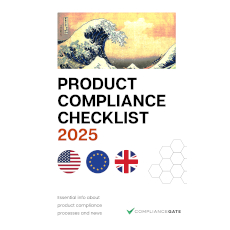
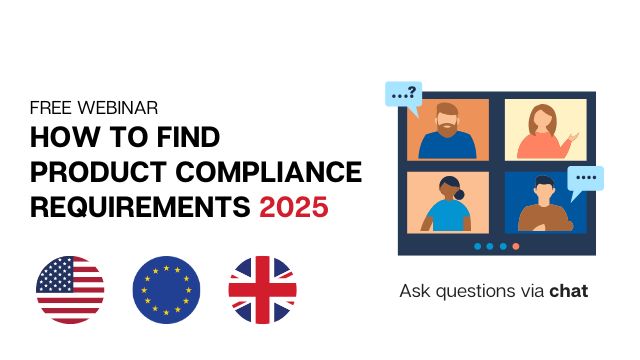
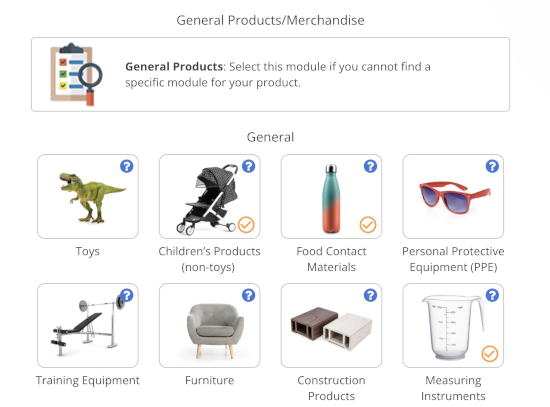


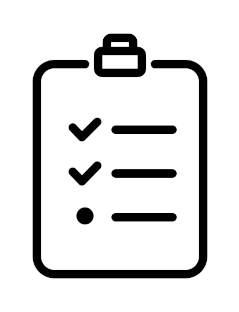



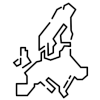

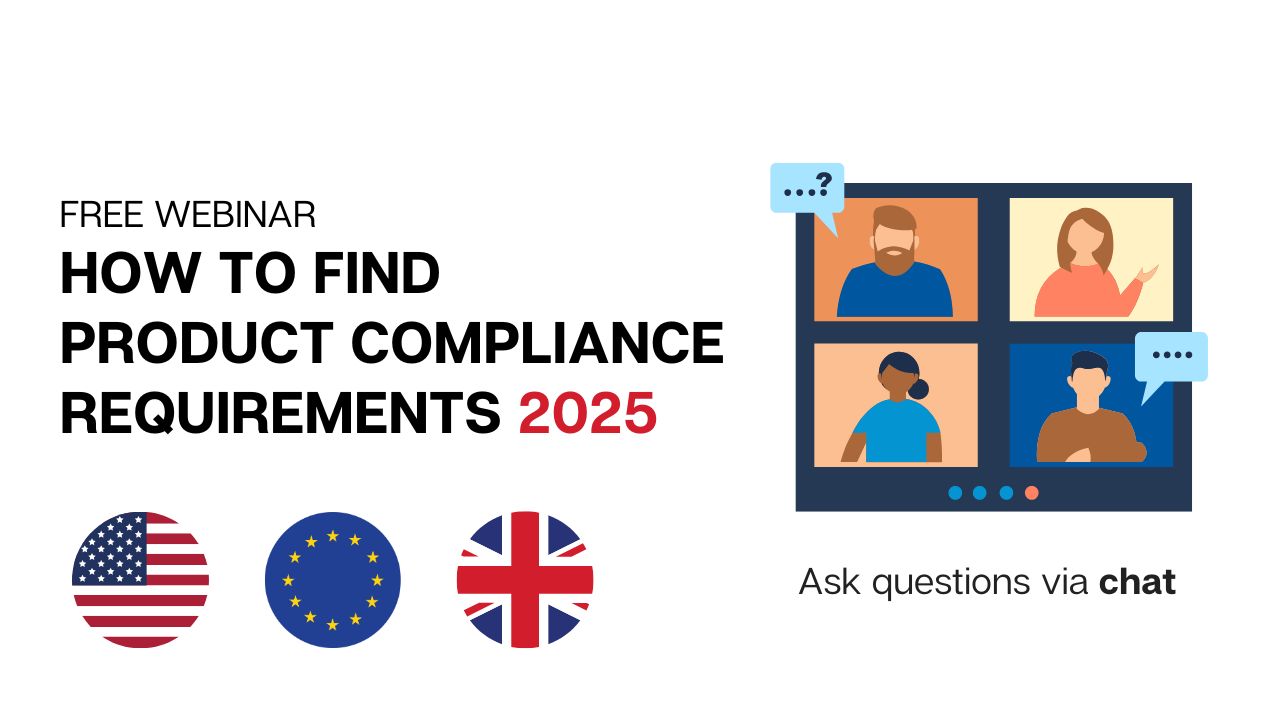

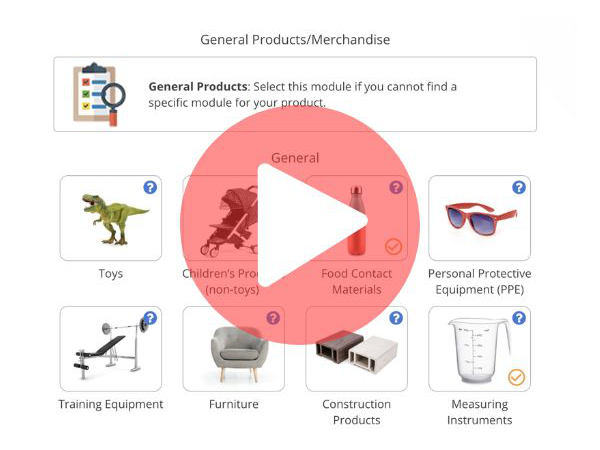
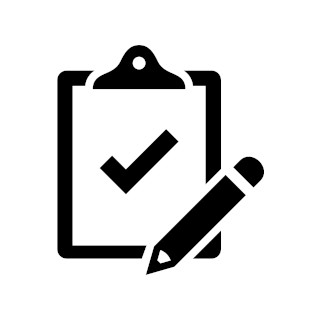 Create compliance checklists for your product (US, EU & UK)
Create compliance checklists for your product (US, EU & UK)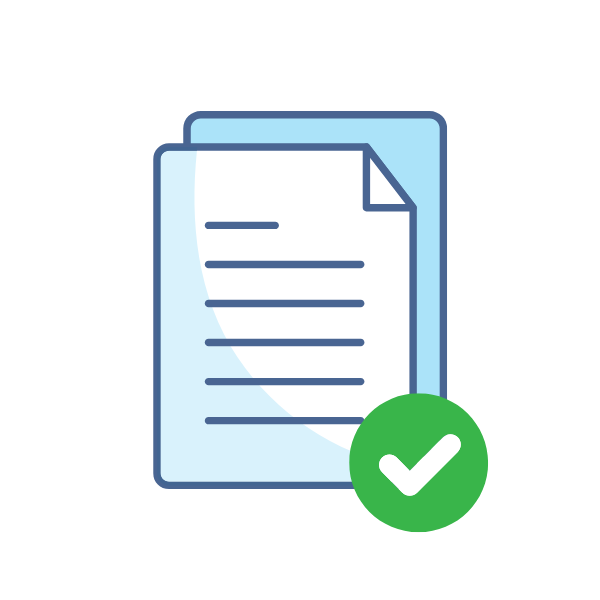 20+ product certificate templates
20+ product certificate templates Create label files
Create label files Book product testing
Book product testing
Please correct your battery references. The EN 50604+A1 is applicable. The Netherlands had issued a formal complaint against the EN 15194:2017 about battery safety, which led to withdraw the full harmonization of this standard in january 2023 and to be listed including restructions.
The standard has been modified to refer to the EN 50604+A1 for battery safety. It is pubished as EN 15194:2017+A12023. By using this standard, the EU withdrew the restriction for battery safety. So please remove misleading references in the article above.
I know this article was written in 2022, but please update this article to the latest situation. 62311 is not sufficient anymore, harmonization is effectively pulled since jan 2023. The RED compliance is incorrect and cannot refer to parts, but can only apply to the full bike instead (see REDCA TGN 1). The UN38.3 is also mandated for shipping, train and road transport. Regarding chemical compliance I am missing POP and I would refer to RoHS2 as amended, this is different from RoHS. There are several waste and packaging legislations missing. Not to mention the upcoming changes with GPSR, MR, BR, R2RD, ESPR.